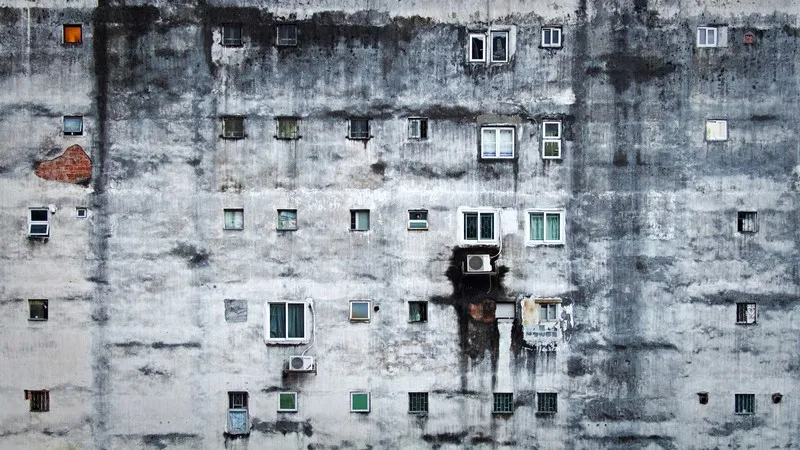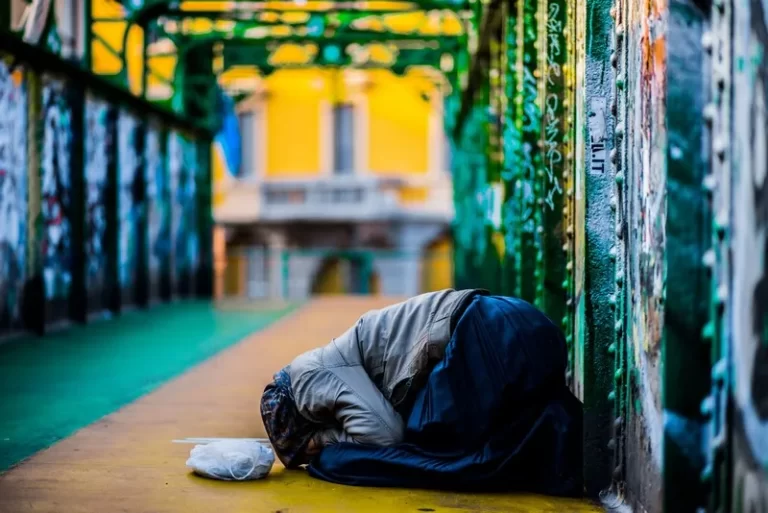Table of Contents
- Defining Stigma
- The Social Construction of Stigma
- The Consequences of Stigma
- Reducing Stigma
- Conclusion
Stigma is a powerful sociological concept that influences social interactions, group dynamics, and individual identities. First introduced by Erving Goffman, stigma refers to the process by which individuals are discredited, devalued, or marginalized due to certain characteristics or behaviors that are deemed socially undesirable. These characteristics can be physical, mental, social, or behavioral, and they often reflect broader societal attitudes and cultural norms. Understanding stigma is crucial for comprehending how societies regulate behavior, maintain social hierarchies, and perpetuate inequalities.
Defining Stigma
Stigma is a mark of disgrace associated with a particular condition, quality, or identity. Sociologically, stigma occurs when a person’s characteristic is viewed as a violation of social norms. This can take many forms, including disapproval or discrimination based on race, disability, illness, social status, gender, or sexual orientation. Goffman categorized stigma into three primary types: bodily stigma, which relates to physical deformities or conditions; character stigma, connected to perceived flaws in individual personality or morality; and tribal stigma, which refers to membership in a particular race, ethnicity, or religion.
The term stigma is closely linked to deviance. When someone is stigmatized, they are often perceived as deviating from what is considered normal in society. Stigma not only affects how others perceive an individual but also how that individual views themselves. Those who are stigmatized may internalize the negative labels attached to them, leading to a diminished sense of self-worth.
Bodily Stigma
Bodily stigma refers to the physical characteristics that are deemed undesirable in a society. These include visible disabilities, disfigurements, or conditions such as obesity. Such physical differences often lead to exclusion or discrimination as they stand out from the normative expectations of physical appearance. In many societies, bodily stigma can severely limit opportunities for employment, relationships, or full social participation.
While bodily stigma is often visible, its effects are not limited to appearance. The internalization of society’s negative views can lead to psychological distress for those affected. It is important to note that bodily stigma varies across cultures, as each society sets different standards for what is considered desirable or undesirable in terms of physical appearance.
Character Stigma
Character stigma arises when individuals are deemed to have morally or behaviorally deviant traits. This form of stigma often relates to mental illness, addiction, or criminal behavior. When individuals exhibit behaviors that do not align with societal norms, they are often labeled as ‘bad’ or ‘dangerous,’ leading to social ostracism.
For example, individuals with mental health conditions are frequently stigmatized as being unpredictable or incapable of functioning in society. This type of stigma creates barriers to seeking help, participating in social life, and accessing employment. Similarly, people with a history of substance abuse may face ongoing stigma, even if they are in recovery. In such cases, stigma serves as a means of social control, enforcing conformity through social exclusion.
Tribal Stigma
Tribal stigma refers to stigma that arises from membership in a particular social group, such as a racial, ethnic, or religious group. This type of stigma is deeply embedded in social and historical contexts and is often perpetuated by institutionalized discrimination. In many cases, tribal stigma reflects longstanding inequalities and prejudices that have been passed down through generations.
For instance, racial discrimination against minority groups often stems from tribal stigma, as certain racial or ethnic groups are labeled as inferior based on long-standing stereotypes. Tribal stigma not only affects individual members of stigmatized groups but also reinforces broader patterns of inequality within society.
The Social Construction of Stigma
Get the full article AD FREE. Join now for full access to all premium articles.
View Plans & Subscribe Already a member? Log in.





